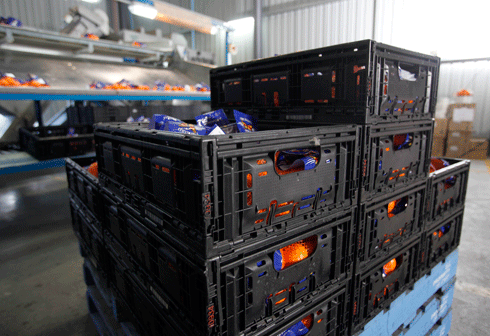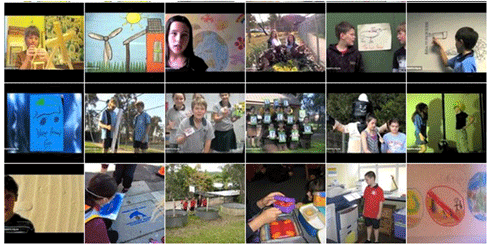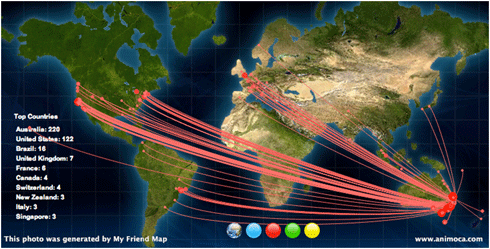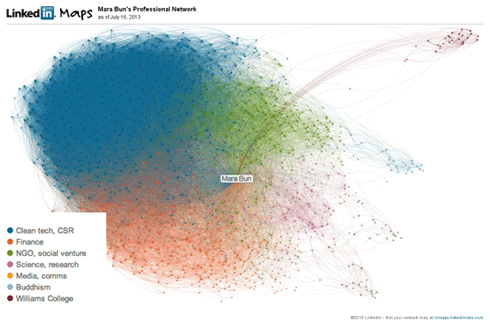
|
Published: 15 July 2013
Proper packaging can reduce food waste
A recent university study has found that packaging has a vital role to play in minimising food waste within the supply chain

|
|
‘Secondary’ packaging such as these crates help prevent fruit and other food items from being damaged during transport and handling. Credit:
RMIT
|
Conducted by RMIT University’s Centre for Design and commissioned by CHEP Australia, the study shows where – and why – food waste occurs along the fresh and manufactured food supply chains. It goes on to propose opportunities for industry to address this waste through innovative and sustainable primary, secondary and tertiary packaging and education about product handling.
The study addresses a knowledge gap identified by the Australian Food and Grocery Council’s Future of Packaging white paper in understanding food waste to inform product and packaging design in the commercial and industrial food supply chain.
‘Food security is an emerging challenge for both policy makers and companies in the fresh and manufactured food supply chains, however, no significant research had previously been conducted into the role that packaging plays in minimising food waste in Australia,’ said project leader, Dr Karli Verghese.
‘Packaging actually plays a critical role in protecting fresh produce and processed food in transit, in storage, at point of sale and prior to consumption. In doing so it helps deliver a wide range of functions while reducing food waste.’
While households are the largest generator of food waste to landfill (2.7 million tonnes each year), the report shows that in the commercial and industrial sector the largest generators are food services (661 000 tonnes), followed by food manufacturing (312 000 tonnes), retailing (179 000 tonnes) and wholesale distribution (83 000 tonnes).
However, food waste recovery rates are extremely high in the manufacturing sector, with 90 per cent of waste repurposed.
Dr Verghese said: ‘While some food waste in the supply chain is inevitable – for example trimmings from fresh produce and preparation waste in manufacturing and food services – other waste is avoidable.
‘Our research identified opportunities for improvement where food waste is incurred through things like poor inventory management, overstocking of shelves or product damage during transport and handling.
‘There are certainly opportunities to minimise food waste through packaging innovation and design, such as improved ventilation and temperature control for fresh produce, and better understanding the dynamics between different levels of packaging, to ensure they are designed fit-for-purpose.’
Among the reasons for, and opportunities to reduce, food waste are:
-
Post-harvest – product not meeting specifications for quality and/or appearance
-
Packaging that provides better protection and shelf life for fresh produce as it moves from farm to processor
-
Adoption of new packaging materials and technology to extend shelf life of fresh and processed food
-
Damage in transit/storage due to packaging failures
-
Improved design of secondary packaging to ensure it protects the food through the supply chain
-
Education about the meaning of use-by and best-before date marks on primary packaging
Source: RMIT/CHEP






